Washington D.C. — Artificial intelligence (AI) officially took center stage at the U.S. Federal Reserve’s Payments Innovation Conference on October 21, marking a pivotal moment in the central bank’s acknowledgment of technology’s role in reshaping global payment infrastructure.
The third session, titled “AI in Payments,” explored how AI will automate, accelerate, and secure financial transactions at every layer of the economy. Moderated by Matt Marcus, CEO of Modern Treasury, the panel featured Cathie Wood, CEO of ARK Invest; Alesia Haas, CFO of Coinbase; Emily Sands, Head of AI at Stripe; and Richard Widmann, Head of Strategy for Web3 at Google Cloud.
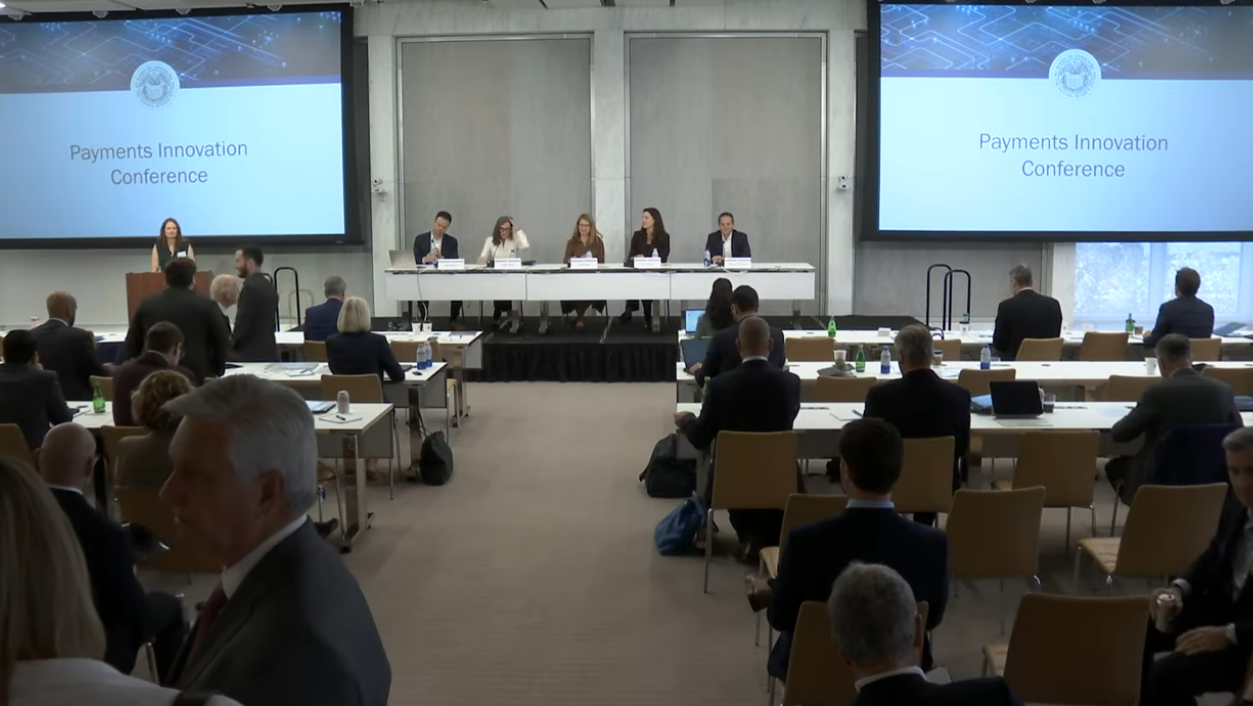
Stripe: “From Intelligence to Agency — AI Will Transact on Our Behalf”
Emily Sands of Stripe described the rise of what she called “agentic commerce.” “AI is evolving from something that advises users to something that acts for them — purchasing, scheduling, and transferring money autonomously,” she said.
Sands revealed that Stripe is collaborating with OpenAI on a new Agentic Commerce Protocol, enabling AI agents to transact directly with merchants using standardized interfaces. “Soon, every merchant will need to communicate with AI agents in a common commercial language,” she said.
To safeguard this future, Stripe has launched a shared payment token system — allowing AI agents to process payments without exposing card or bank details. “Tokenized data replaces sensitive credentials,” Sands explained. “That’s the foundation of secure payments in the AI era.”
Coinbase: “Stablecoins Will Power the AI Economy”
Alesia Haas, CFO of Coinbase, said stablecoins are set to become “the default payment instrument for intelligent agents.”
“AI can’t open bank accounts, but it can hold wallets,” Haas said. “Stablecoins provide instant, borderless liquidity — the perfect medium for autonomous transactions.”
She noted that blockchain operates continuously, unlike traditional banking systems. “AI-to-AI and machine-to-machine payments will happen in real time, including micro-transactions for computing resources or API access,” Haas said. “Stablecoins aren’t just payment tools — they’re the programmable money that makes the autonomous economy possible.”
Google Cloud: “Trust Will Be the New Currency of AI Payments”
Richard Widmann of Google Cloud said that as AI agents gain financial autonomy, ensuring transactional trust becomes paramount. “We’re building what we call the Agent Payment Protocol (AP2) — a framework that allows AI systems to send micro-payments automatically as they access data or services,” he said.
The system, co-developed with Coinbase, enables AI agents to pay websites or APIs directly, replacing traditional clicks with machine-level value exchange. “It’s a complete redesign of online commerce,” Widmann said.
To protect user privacy, Google Cloud is testing zero-knowledge proof (ZKP) authentication — allowing users or agents to verify information without exposing personal data. “Selective disclosure will become fundamental,” he said. “In an AI-driven world, privacy and transparency must coexist.”
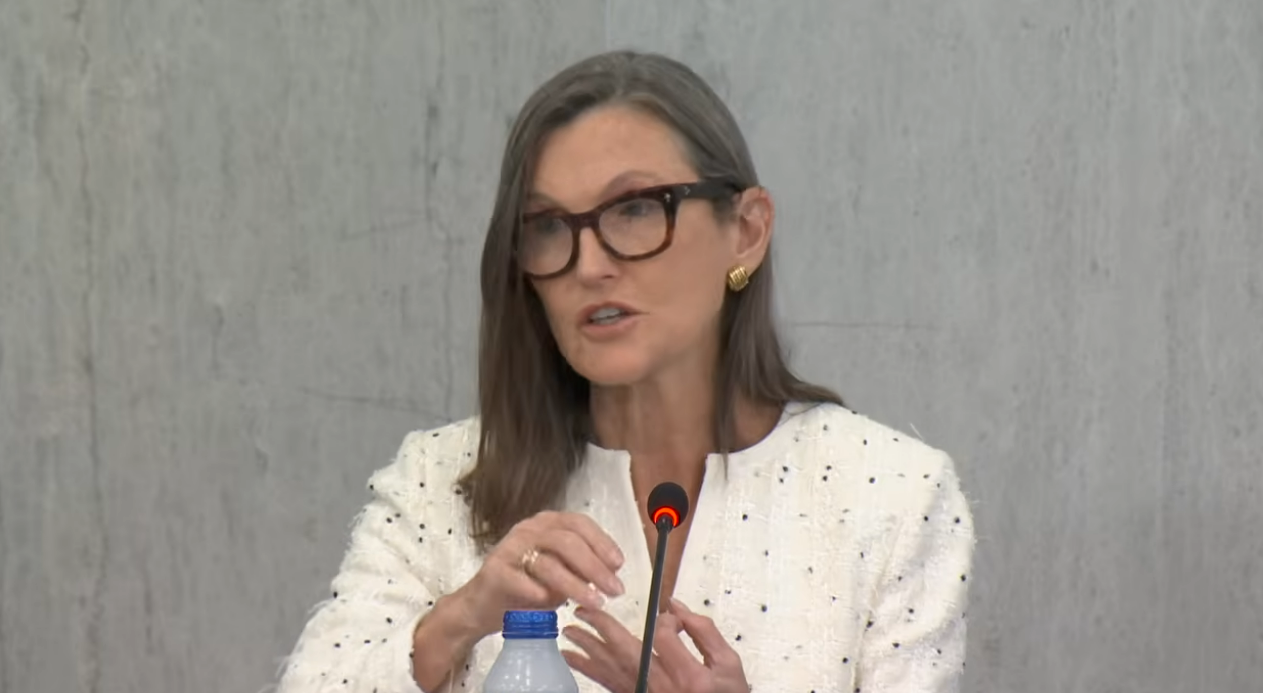
Cathie Wood: “AI and Blockchain Will Push Global GDP Growth Beyond 7%”
The session’s most resonant moment came from Cathie Wood, founder and CEO of ARK Invest, who framed AI as “the defining economic revolution of the century.”
“For centuries, global GDP grew at less than 1% per year. The Industrial Revolution raised it to around 3%. With the convergence of AI, blockchain, robotics, energy storage, and genomics, we’re entering an era where growth could exceed 7% annually,” she said.
Wood described AI as “intelligence capital” — a new form of productive resource. “The railroad expanded physical capacity in the 19th century; AI expands cognitive capacity in the 21st,” she said. “This isn’t a bubble. The technology is ready. Unlike the dot-com era, productivity gains are already visible in company earnings.”
“AI Won’t Eliminate Jobs — It Will Redefine Them”
Wood rejected the notion that AI will destroy employment. “At ARK Invest, we’re adopting AI across our operations — not to cut jobs, but to attract a new generation of AI-native talent,” she said. “Technology doesn’t erase work; it upgrades it. Each productivity wave creates more complex, higher-value industries.”
She added that AI’s integration into payments would amplify both profitability and inclusiveness: “When transactions become intelligent, productivity doesn’t just increase — it compounds.”
AI Takes Its Place in the Fed’s Innovation Agenda
The session underscored a major shift: the Federal Reserve now views AI not merely as a private-sector tool, but as a strategic pillar of public payment infrastructure. At the intersection of AI, blockchain, stablecoins, and real-time settlement systems, the outlines of a next-generation financial architecture are emerging — one discussed not in Silicon Valley boardrooms, but in the halls of the U.S. central bank.






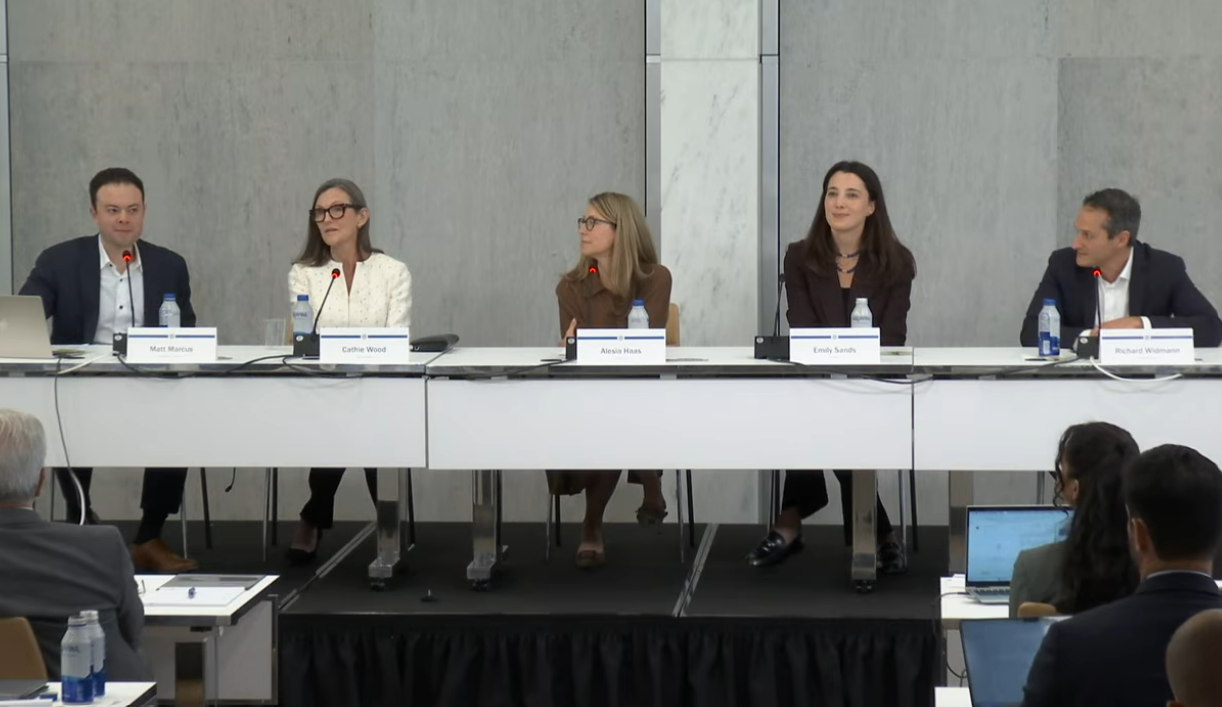
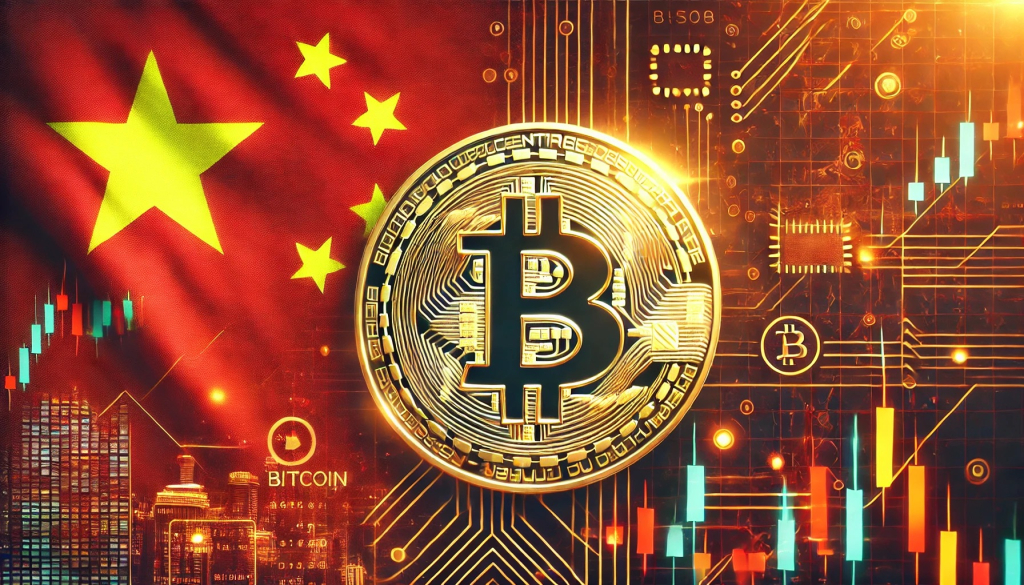


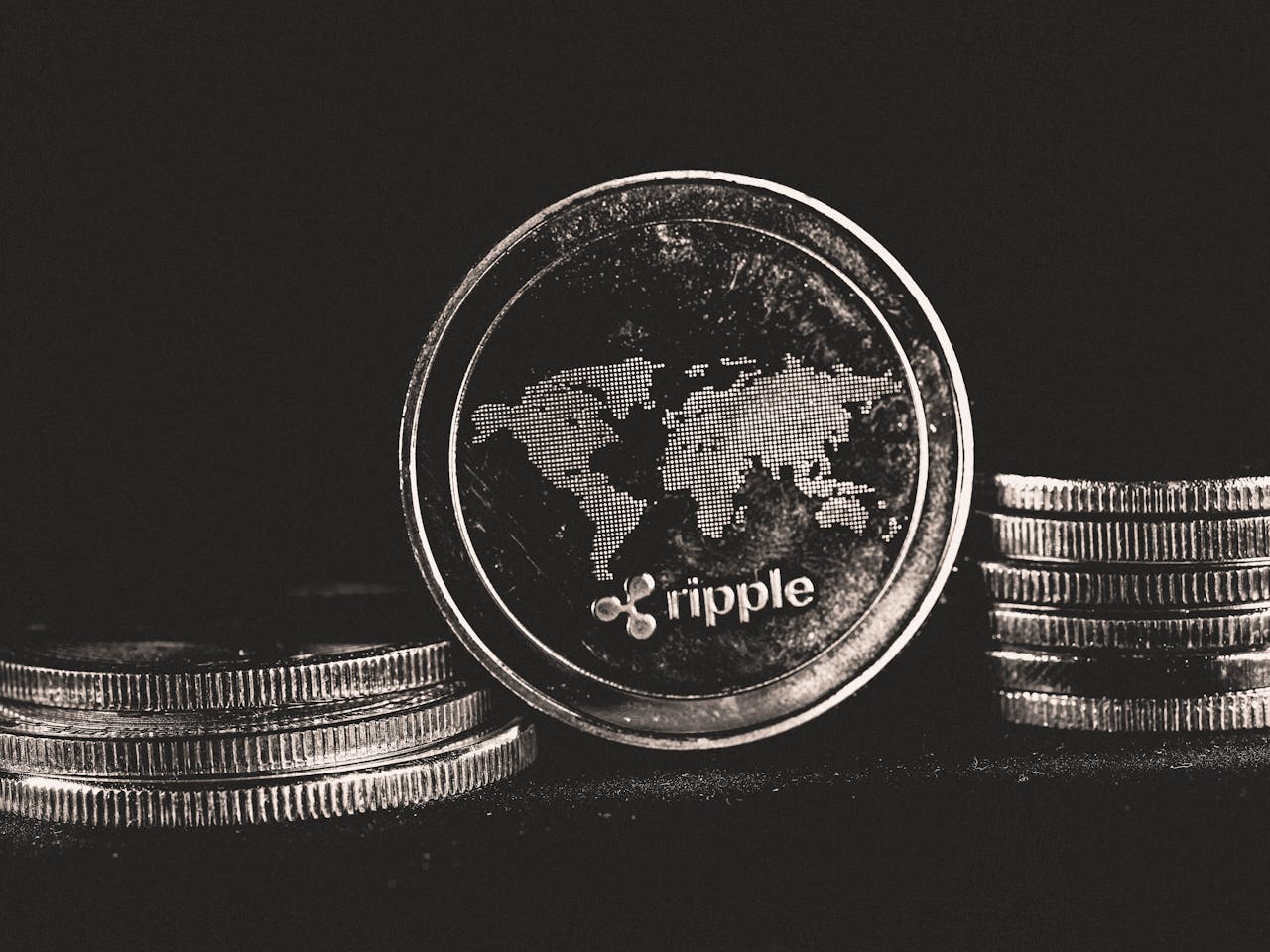









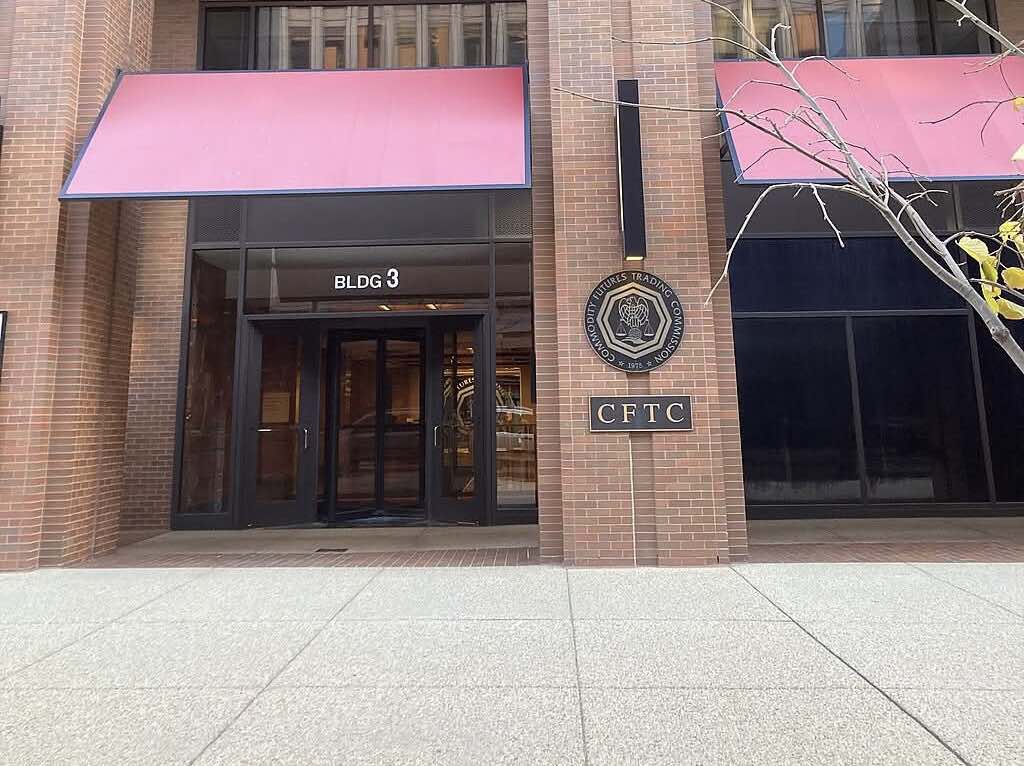



Comment 0